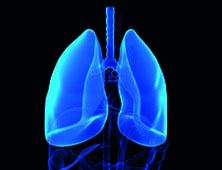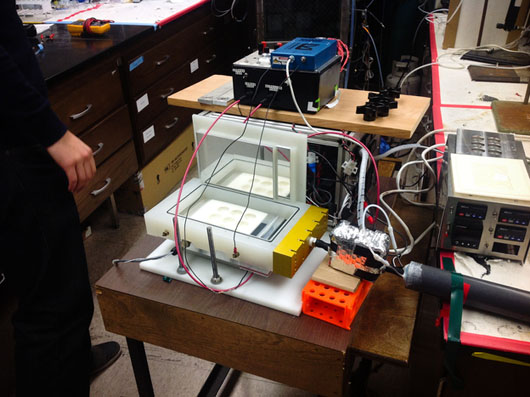“Lung in a Box” to Study the Effects of Air Pollutants on Human Lungs

Researchers at University of North Carolina at Chapel Hill have developed a new sensor for detecting pollution levels in air, and its effect on human lung tissue. The new lung in a box device measures health hazards in air more directly than other sensors available in the market.
The device has been developed by a team of engineers led by Professor Harvey Jeffries of the university. The atmosphere is filled with lots of pollutants and toxic gases which pose a serious health risk. Different pollutants and toxins exhibit different levels of toxicity, and this device will help scientists understand the complex relationships between toxin levels, environment factors like altitude and sunlight , and subsequent effect on human health.
The device is designed to suck the air from atmosphere and blow it across a layer of human lung cells. If there are toxins present in the air, these cells send out signals,which can be quantified to calculate the degree of toxicity. The conventional sensors currently in use measures the chemicals present in air and uses simple assumptions to infer the health risks it poses. The biological sensors have an advantage over other types of sensors as it can give accurate information about the effect caused by pollutants in the surrounding air on human lungs. The effect of pollutants and toxins on lung in a box cells can be directly correlated to human lungs. However it won’t be able to provide the exact composition of polluted air.
Upon exposing this lung in a box device to air, the sample needs to be manually collected from the device and analyzed in the laboratory to study the extent of damage caused by pollutants. Biodeptronics, a company started by Will Vizuete, one of Harvey Jeffries fellow researchers is going to mass produce these instruments. Biodeptronics plans to put it up on sale later this year.

